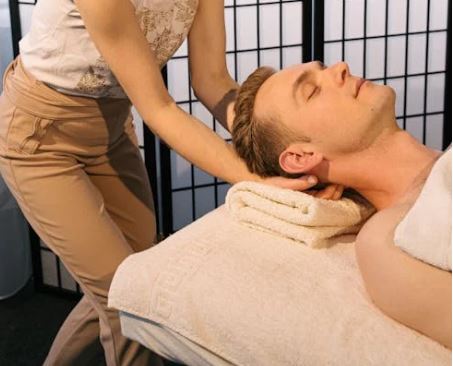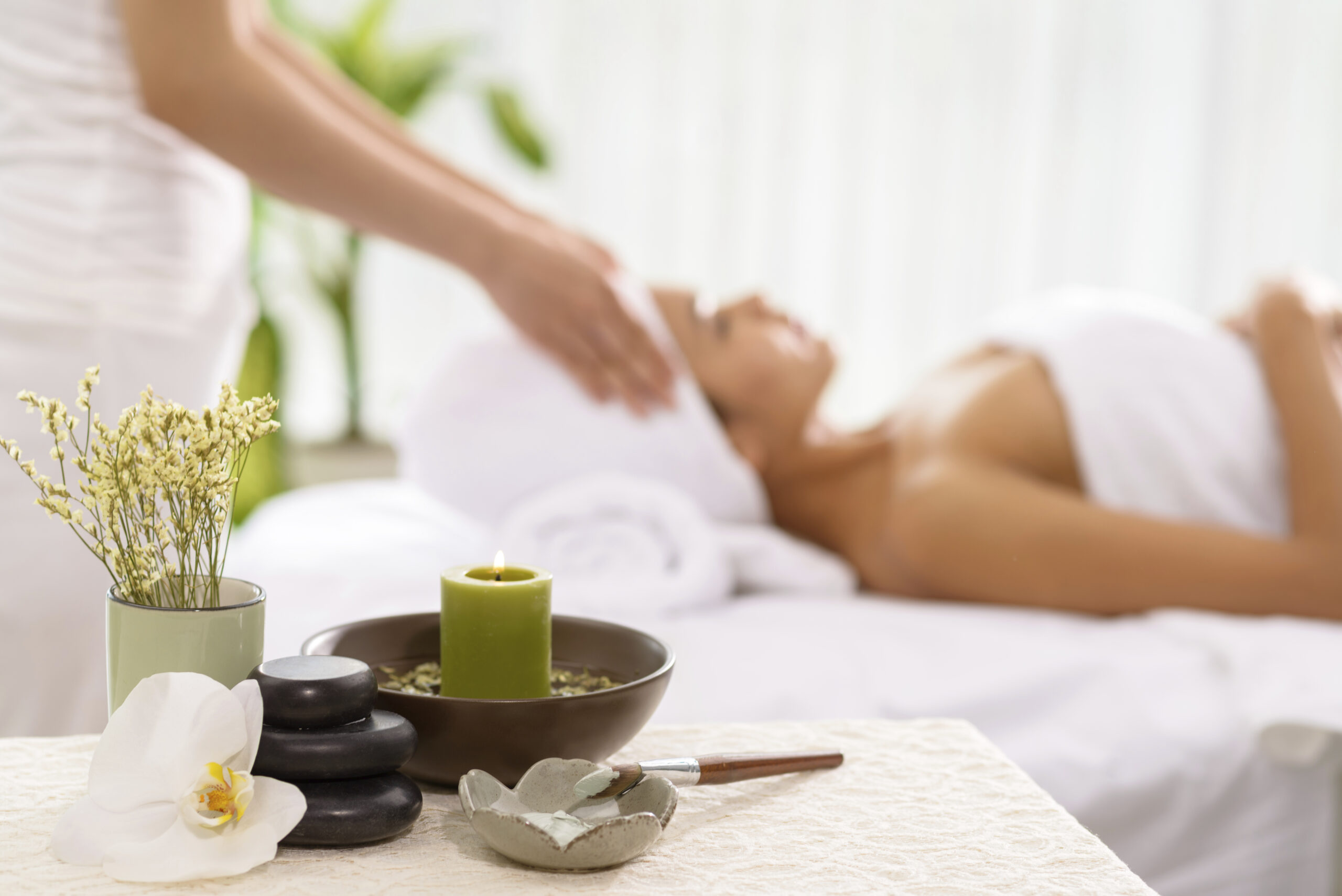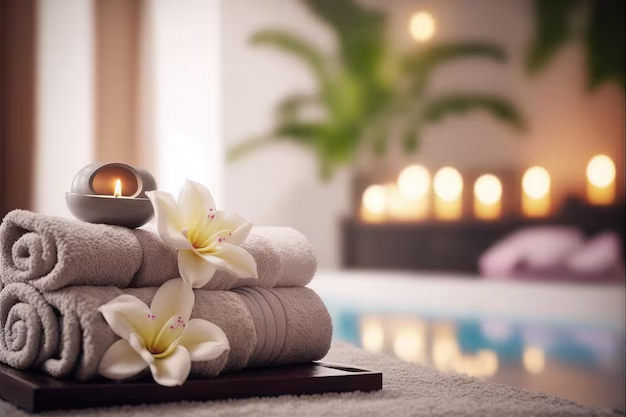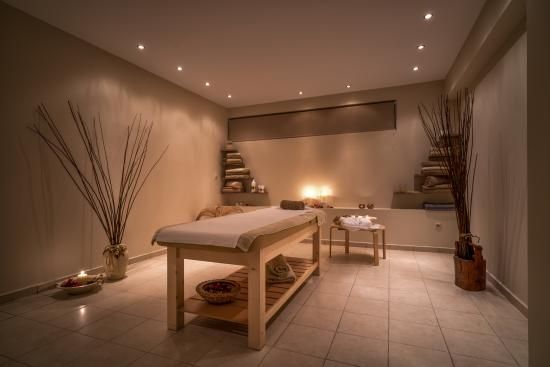From soothing massages to indulgent facials, our curated selection of spa services is designed to renew your body, mind, and spirit. Immerse yourself in ancient healing traditions and modern wellness techniques, all set against the backdrop of Bangalore’s vibrant culture and heritage.
Thai Massage: An Ancient Practice for Balance and Wellness
Recent Post
Categories
Have Any Question?
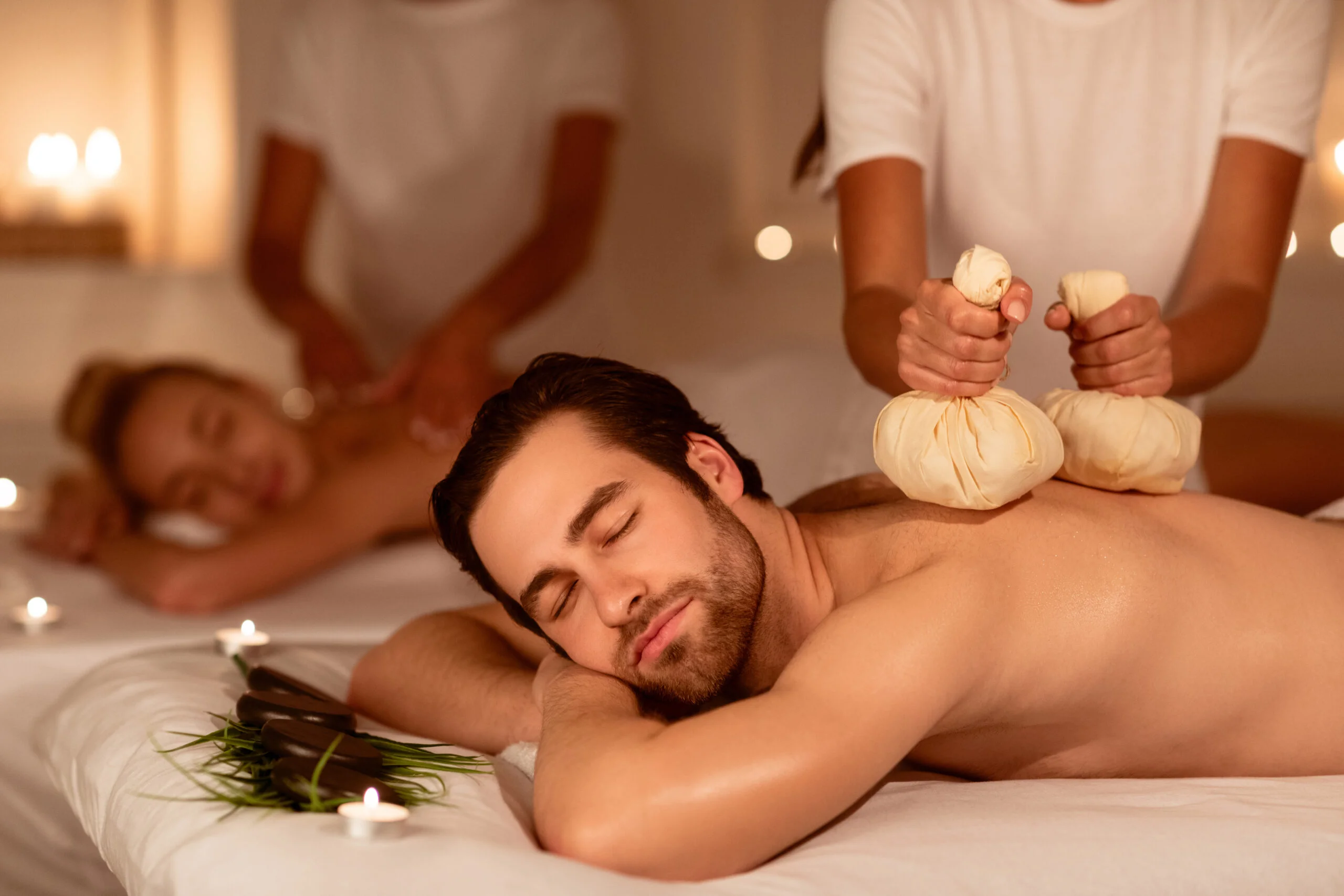
Thai massage, also known as Thai yoga massage, is a traditional therapeutic technique that combines elements of massage, stretching, and yoga to promote relaxation, flexibility, and overall well-being. Originating in Thailand over 2,500 years ago, this holistic practice is rooted in ancient Indian and Chinese medicine, with influences from Buddhist teachings and Thai healing traditions.
Origins and History
Thai massage has a rich history that blends various cultural and medical practices. It is believed to have been developed by Jivaka Kumar Bhaccha, a physician and contemporary of the Buddha, who integrated traditional Indian Ayurvedic medicine with local Thai healing practices. Over time, Thai massage evolved through the influence of various traditions, including Chinese medicine and Buddhist principles.
The practice was traditionally taught and passed down through generations in Buddhist monasteries, where it was used to support physical and spiritual well-being. In modern times, Thai massage has gained international recognition for its therapeutic benefits and is widely practiced around the world.
Techniques and Methodology
Thai massage is characterized by its unique combination of techniques, which involve gentle stretching, deep tissue work, and acupressure. The therapy is performed on a mat or futon on the floor, with the recipient fully clothed in loose, comfortable clothing.
Key aspects of Thai massage include:
- Passive Stretching: One of the defining features of Thai massage is its use of passive stretching. The therapist assists the recipient in moving through various stretches, similar to yoga poses. This helps to improve flexibility, release muscle tension, and enhance joint mobility.
- Acupressure: Thai massage incorporates acupressure techniques, where the therapist applies pressure to specific points along the body’s energy lines, known as “sen” lines. These points correspond to the body’s vital organs and energy pathways, and stimulating them helps to balance the body’s energy and promote healing.
- Gentle Manipulation: The therapist uses a combination of thumbs, palms, elbows, and feet to apply pressure and perform various manipulations. This approach targets deep muscle layers, helps to release tension, and improves circulation.
- Rhythmic Movements: Thai massage is known for its rhythmic and flowing movements. The therapist uses a continuous, rocking motion to create a sense of relaxation and balance throughout the body.
Benefits of Thai Massage
Thai massage offers a wide range of physical and mental benefits, making it a popular choice for those seeking holistic wellness and relaxation. Key benefits include:
- Improved Flexibility: The stretching techniques used in Thai massage help to increase flexibility and range of motion. This can be particularly beneficial for individuals with tight muscles or limited joint mobility.
- Enhanced Circulation: The combination of acupressure and deep tissue work promotes better blood flow and lymphatic drainage. Improved circulation supports overall health and helps to alleviate muscle soreness and tension.
- Stress Relief: Thai massage induces a state of deep relaxation, helping to reduce stress and anxiety. The rhythmic movements and gentle stretches promote a sense of calm and well-being.
- Pain Relief: By targeting specific areas of tension and muscle tightness, Thai massage can help to alleviate pain and discomfort. It is commonly used to address issues such as back pain, neck pain, and headaches.
- Energy Balance: Thai massage is believed to help balance the body’s energy flow by stimulating the sen lines and acupressure points. This can support overall health and vitality.
- Improved Posture: The stretching and manipulation techniques used in Thai massage can help to correct postural imbalances and improve overall alignment.
The Experience
A typical Thai massage session lasts between 60 to 90 minutes. The session begins with a consultation where the therapist discusses the client’s health history, concerns, and goals. The client remains fully clothed in loose, comfortable attire throughout the session.
During the massage, the therapist uses a combination of stretching, acupressure, and manipulation techniques to address areas of tension and improve overall well-being. The session is often described as a deeply relaxing and invigorating experience, with clients experiencing a sense of increased flexibility, reduced tension, and enhanced energy.
Who Can Benefit?
Thai massage is suitable for a wide range of individuals, including:
- Those seeking relief from muscle tension, stiffness, or pain
- Individuals looking to improve flexibility and joint mobility
- People experiencing stress, anxiety, or fatigue
- Active individuals or athletes needing support for recovery and performance
- Anyone interested in holistic wellness and relaxation
Thai massage is generally considered safe for most people. However, individuals with certain medical conditions, such as severe cardiovascular issues, recent surgeries, or joint problems, should consult with their healthcare provider before undergoing Thai massage. It is also important to work with a qualified therapist who has experience in Thai massage to ensure a safe and effective experience.
Conclusion
Thai massage is a time-honored practice that offers a unique and holistic approach to wellness. By combining passive stretching, acupressure, and rhythmic movements, Thai massage promotes relaxation, flexibility, and overall health. Whether you’re seeking relief from physical discomfort, a boost in flexibility, or simply a sense of calm, Thai massage provides a comprehensive and rejuvenating experience that supports both body and mind.
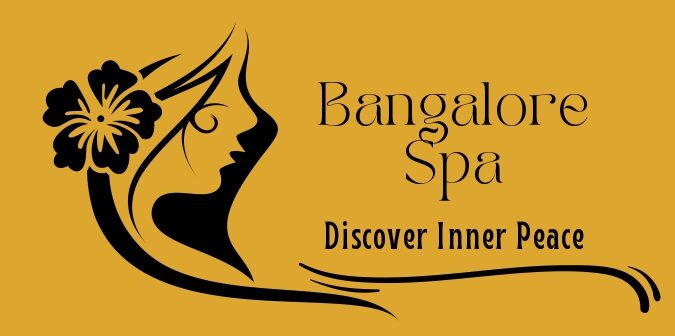
Bangalore Best SPA by Hardev
Copyright © 2024| powered by Wiz Business Services.

